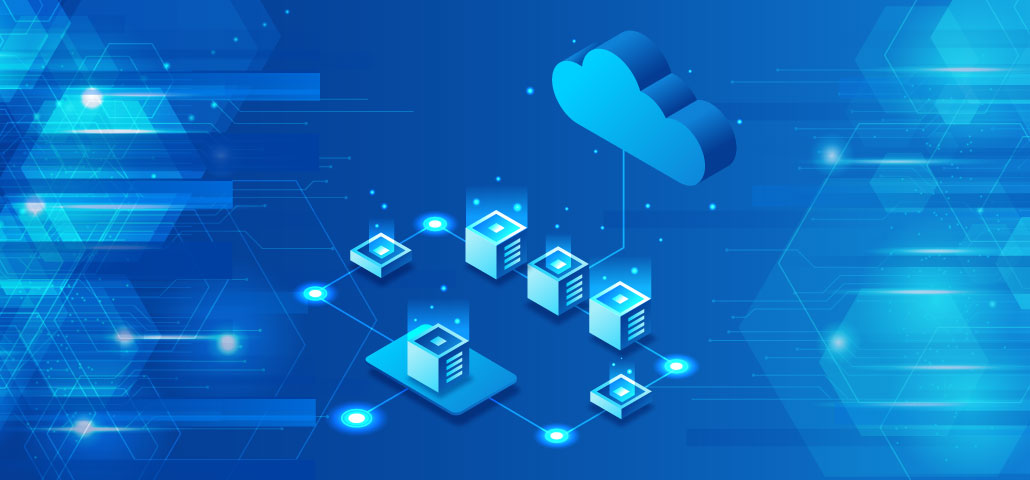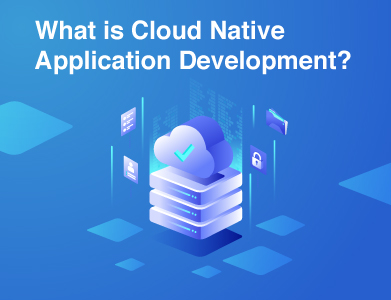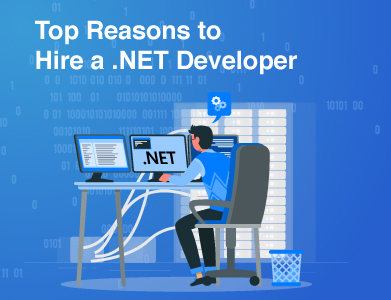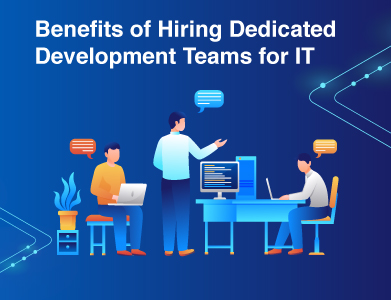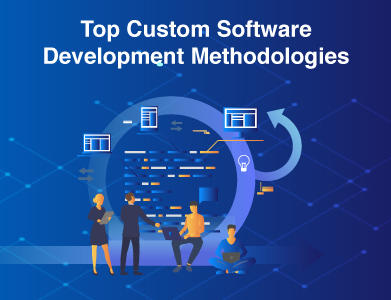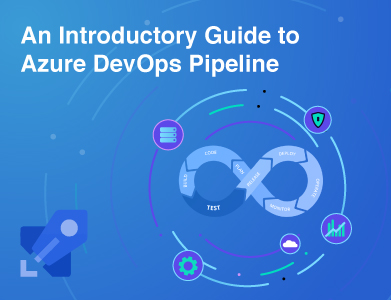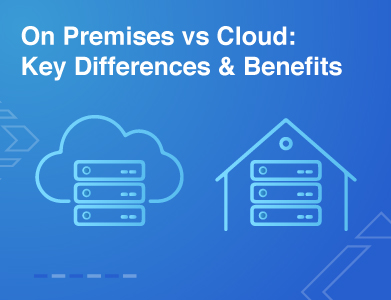Expertise
Did you know that almost all businesses today rely on cloud computing in some way or another? In fact, the global spending on cloud services is expected to reach over $1 trillion in 2025.
But why does the cloud matter so much in today’s time? Cloud computing lets companies store their data online, easily access software, and get more computing power without investing and setting up a lot of expensive infrastructure. It's changing the way businesses work by helping them collaborate better, analyze data faster, and use advanced technology like artificial intelligence.
It gives businesses the flexibility to adapt to changes quickly, work with teams around the world, and stay up to date with the latest software tools. This means businesses can focus on their goals and let cloud services handle the technical details.
In this blog post, we’ll look at the top 10 cloud computing trends of 2025. These trends will show you how cloud application development is becoming more secure, smart, and helpful for businesses of all sizes. Stay with us to see how the cloud is shaping the future!
Quick roadmap:
- AI as a Service
- Hybrid and Multi-Cloud Strategies
- Real-Time Cloud Infrastructure
- Cloud-Driven Innovation and Transformation
- Cloud Security & Resilience
- Sustainable Cloud Computing
- Simplified Cloud Computing
- Cloud Privacy
- Serverless and Pay-As-You-Go Models
- Edge Computing
Top 10 Cloud Computing Trends of 2025
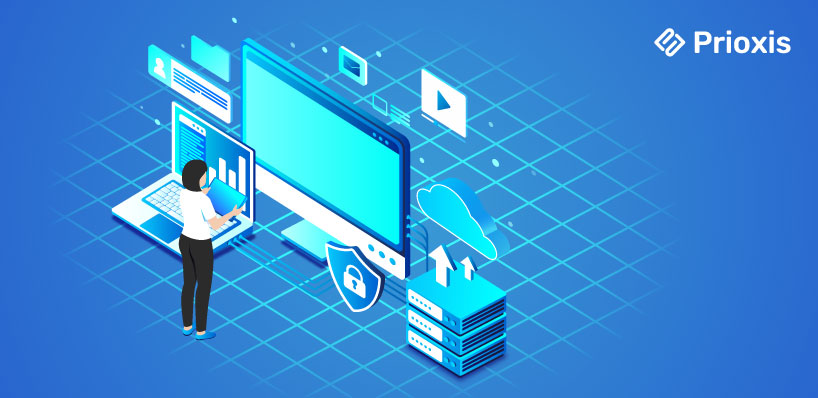
1. AI as a Service
Artificial Intelligence (AI) is continually transforming how businesses operate and function. Training AI models requires massive computational power, which most organizations can't afford.
However, cloud platforms offering AI as a service democratize this technology. Companies can tap into pre-trained AI models like large language models (LLMs) to drive business innovation and efficiency.
2. Hybrid and Multi-Cloud Strategies
As per Forbes’ prediction, the adoption of multi-cloud strategies will rise from 76% to 85% in 2025 as businesses seek to balance flexibility and cost advantages while navigating data governance challenges.
Hybrid models that combine on-premises and cloud infrastructure are also gaining traction, allowing organizations to choose services that align with their security and flexibility needs.
3. Real-Time Cloud Infrastructure
The demand for real-time data insights is growing rapidly. More than 90% of businesses are optimizing IT infrastructure in the cloud. Organizations require up-to-the-minute information to act on current trends rather than relying on outdated data.
Moreover, as streaming becomes the norm in entertainment and communication, businesses increasingly need storage solutions and solid-state devices that prioritize instant data access.
4. Cloud-Driven Innovation and Transformation
Besides AI, cloud computing unlocks transformative technologies like the Internet of Things (IoT), blockchain, and quantum computing.
Cloud platforms eliminate the need for substantial investments in infrastructure, enabling businesses to quickly test and evaluate these emerging technologies without committing long-term.
5. Cloud Security and Resilience
Security remains a top priority as organizations continue to grapple with sophisticated cyber threats. Encryption, authentication, and disaster recovery tools will see increased demand.
Both cloud providers and customers are prioritizing resilience strategies to combat emerging risks such as AI-powered attacks and social engineering.
6. Sustainable Cloud Computing
Major cloud providers have pledged to achieve net-zero carbon emissions in their operations by 2040 or earlier. They are also aiming to transform entirely on renewable energy.
This commitment to greener practices will drive the adoption of sustainable cloud computing, with providers striving to make data centers more energy-efficient.
7. Simplified Cloud Computing
Low-code and no-code development tools are empowering non-technical users to build applications that once required specialized engineering skills.
Cloud platforms are incorporating drag-and-drop interfaces and natural language tools to simplify cloud service deployment, removing technical barriers and encouraging wider adoption.
8. Privacy in the Cloud
Businesses need to protect customer data and ensure compliance with privacy regulations when using cloud services.
In 2024, technological, legislative, and regulatory solutions will focus on safeguarding data transferred to third-party cloud providers. Trust in data protection will remain critical to building customer confidence.
9. Serverless and Pay-As-You-Go Models
The serverless model is popular because of its efficacy and cost-effectiveness. It eliminates the need to manage server infrastructure, allowing businesses to pay only for the resources consumed.
This model helps companies optimize resources, reducing overhead costs and allowing them to focus on core activities.
10. Edge Computing Everywhere
Edge computing processes data closer to where it's collected, reducing bandwidth usage and providing faster insights. Wearable health monitors and IoT devices can identify anomalies locally, notifying users immediately without the delay of cloud processing.
Smaller, energy-efficient processors, advanced networking, and efficient algorithms will expand the range of edge computing applications in 2025.
Conclusion
In conclusion, the flexible, reliable and secured nature of cloud computing continues to foster innovation, enabling businesses to access emerging technologies, optimize security, and build more sustainable operations. By staying informed about these trends, companies can be well-prepared to experience new opportunities in 2025.
Collaborate with a trusted Cloud Application Development Partner to accelerate your cloud journey
Our cloud app development services help you design & deploy your cloud solutions.
Accelerate your cloud journey
With a trusted Cloud Application Development Company
01How will hybrid and multi-cloud strategies help businesses grow?
Hybrid strategies combine on-premises and cloud services for better security and flexibility, while multi-cloud strategies use different cloud providers to minimize risks and keep costs in check. This approach lets businesses choose services that best match their specific goals.
02How can AI as a Service (AIaaS) transform business operations?
AIaaS provides access to pre-trained AI models, making it easier for companies to automate tasks and gain valuable insights without spending a lot on infrastructure. It's a quick way to boost productivity and innovate.
03What steps can businesses take to ensure cloud security and compliance?
Use strong encryption, control who has access to your data, and follow privacy rules like GDPR. Work closely with cloud providers to have backup plans and protect your data from hacking attempts.
04Why does edge computing matter along with cloud computing?
Edge computing processes data closer to where it’s collected, cutting down on delays and improving efficiency. It's especially useful for real-time data in smart devices like wearables and IoT sensors.
